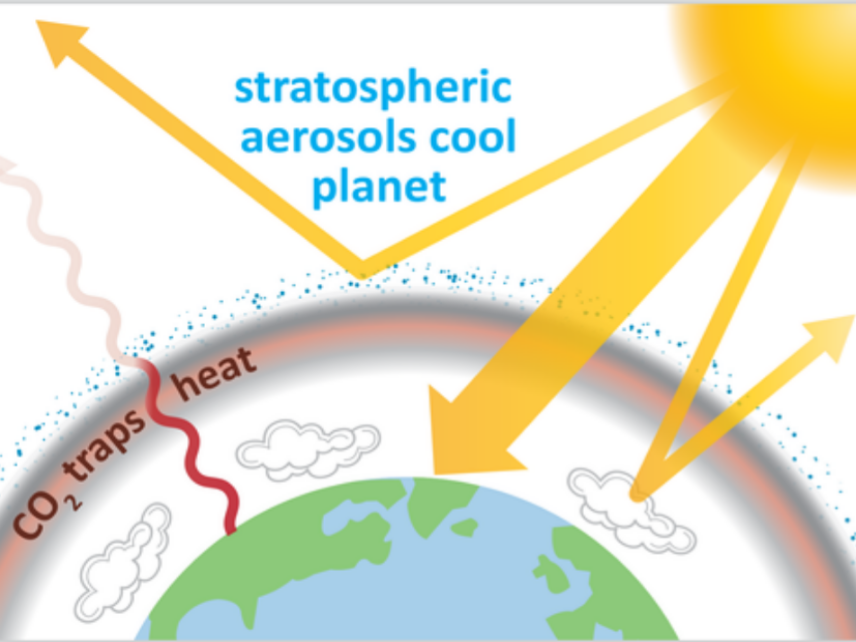New Research Suggests Solar Geoengineering Could Safely Lower Global Temperatures
We should stop hemming and hawing and try building an emergency backup cooling system for the planet

In his 1997 Reason article "Climate Control," physicist and sci-fi grandee Gregory Benford observed, "If we treated global warming as a technical problem instead of a moral outrage, we could cool the world." Benford reviewed proposals for reforestation and for fertilizing the oceans with iron to pull excess carbon dioxide out of the atmosphere. He also considered such ideas as injecting sulfate aerosols into the stratosphere and burning sulfur in ships to boost the reflective cloud-cover over the oceans.
This week, a new study in Nature Climate Change bolstered the case for solar radiation management by spreading sulfur dioxide into the stratosphere in order to lower the earth's thermostat.
There are reasonable concerns with this strategy. One of them has been that blocking enough solar radiation to bring down surface temperatures to around where they were at the beginning of the 20th century would greatly destabilize weather patterns. For instance, it could change the timing and extent of monsoon rains, thus harming ecosystems and farming.
Diehard environmentalist ideologues, on the other hand, have feared that it would work. Consequently, they have been adamantly opposing geoengineering experiments aiming to figure out how to moderate the planet's rising temperature. As Rutgers University environmental scientist Alan Robock has observed: "If humans perceive an easy technological fix to global warming that allows for 'business as usual,' gathering the national (particularly in the United States and China) and international will to change consumption patterns and energy infrastructure will be even more difficult."
This new study, "Halving warming with idealized solar geoengineering moderates key climate hazards," by Harvard engineer Peter Irvine and colleagues, finds that using solar geoengineering to reduce average temperatures by about half the amount temperatures would increase if atmospheric carbon doubled would not likely destabilize current weather patterns. They call this amount "half-SG."
Researchers found that half-SG not only cools the planet everywhere but also moderates changes in water availability and extreme precipitation in many places and offsets more than 85 percent of the increase in the intensity of hurricanes. Less than 0.5 percent of gloabl land would see the effects of climate change exacerbated, according to the calculations of the researchers.
"The places where solar geoengineering exacerbates climate change were those that saw the least climate change to begin with," said Peter Irvine, a postdoctoral research fellow at SEAS and lead author of the study, in a Harvard press release. "Previous work had assumed that solar geo-engineering would inevitably lead to winners and losers with some regions suffering greater harms; our work challenges this assumption. We find a large reduction in climate risk overall without significantly greater risks to any region."
This is good news. Now it's time for environmental activists to stop stymieing research on the development of an emergency backup cooling system for the planet.




Show Comments (109)